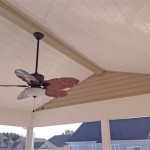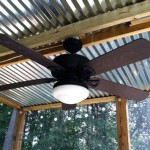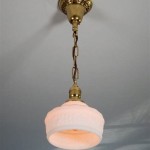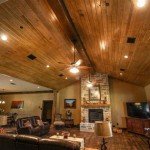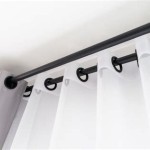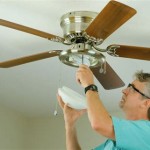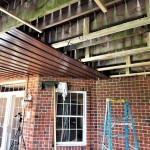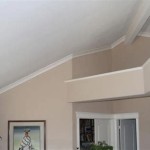Installing a Ceiling Fan With Two Light Switches
Installing a ceiling fan controlled by two light switches offers enhanced convenience and control over room lighting and airflow. This article provides a comprehensive guide to wiring a ceiling fan to operate with two switches, allowing users to control the fan motor and light fixture independently from separate locations. This configuration is commonly referred to as a "3-way switch" setup.
Understanding 3-Way Switch Wiring
A 3-way switch system uses two special switches, distinct from standard on/off switches, and interconnected with specific wiring. These switches, often labeled as "3-way" or containing terminal screws marked "COMMON," "TRAVELER 1," and "TRAVELER 2," allow the circuit to be completed from either switch location. Understanding the function of each wire is crucial for proper installation.
The "COMMON" terminal on one switch connects to the power source or, in the case of a ceiling fan, the black wire leading to the fan motor. The "COMMON" terminal on the other switch connects to the load, which would be the black wire for the fan light kit. The two "TRAVELER" wires connect the two 3-way switches, facilitating the switching functionality. When one switch is flipped, it changes the connection between the common and traveler wires, effectively completing or interrupting the circuit to either the fan or light.
Preparing for Installation
Before beginning any electrical work, ensure the power is turned off at the breaker box. Double-check with a non-contact voltage tester to confirm the power is off at the switch box and ceiling fan location. Gather the necessary tools, including wire strippers, screwdrivers, electrical tape, and a voltage tester. Review local electrical codes to ensure compliance with all regulations. If the existing wiring does not include a ground wire, consult a qualified electrician.
Next, carefully examine the existing wiring in the switch box and at the ceiling fan location. Identify the power source, the wires running to the existing light fixture (if applicable), and the ground wire. If replacing an existing fixture, disconnect the wires and remove the old fixture. Prepare the ceiling fan mounting bracket according to the manufacturer's instructions, ensuring it's securely attached to a structural ceiling joist or approved fan-rated electrical box.
Wiring the Ceiling Fan and Switches
At the ceiling fan location, connect the green ground wire from the fan to the bare copper or green ground wire in the ceiling box. Connect the white neutral wire from the fan to the white neutral wire from the power source, securing the connection with a wire nut. The black wire from the fan motor connects to the black wire coming from the "COMMON" terminal of one of the 3-way switches.
For the fan light kit, the blue wire (or the wire designated for the light according to the fan's instructions) connects to the black wire coming from the "COMMON" terminal of the other 3-way switch. Secure all wire connections with appropriately sized wire nuts.
At the switch boxes, identify the "COMMON" terminals on each 3-way switch. Connect the black power source wire to the "COMMON" terminal of one switch. The black wire leading to the fan motor connects to the "COMMON" terminal of the other switch. The two traveler wires (typically red, but sometimes another color) connect to the corresponding "TRAVELER" terminals on each switch. Again, ensure all connections are secure.
Completing the Installation
Carefully tuck the wires into the switch boxes and ceiling fan canopy. Install the light kit and fan blades according to the manufacturer's instructions. Restore power at the breaker box and test the functionality of the fan and light. Both the fan and light should operate independently from each 3-way switch. Confirm that the fan rotates in the correct direction for the season (counterclockwise for cooling, clockwise for air circulation).
Troubleshooting
If the fan or light doesn't function correctly, double-check all wiring connections to ensure they are secure and correctly connected. Verify that the power is restored at the breaker. If the issue persists, consult a qualified electrician for assistance. Incorrect wiring can create safety hazards, so it's important to address any problems promptly.

Wiring A Ceiling Fan And Light With Diagrams Ptr

How To Install A Ceiling Fan Two Wall Switches What Bb Built

Ceiling Fan Wiring Two Switches Switch With Light

Graphic Ceiling Fan With Light Wiring Switch

Wiring A Ceiling Fan And Light With Diagrams Ptr

How To Wire A Ceiling Fan For Separate Control Fo The And Light

Ceiling Fan Wiring Diagram Light Switch House Electrical With

How To Wire A Ceiling Fan Control Using Dimmer Switch

How To Wire A Ceiling Fan Control Using Dimmer Switch
How Should I Connect The Wiring For Fans And Lights To Separate Control Switches Quora
Related Posts

